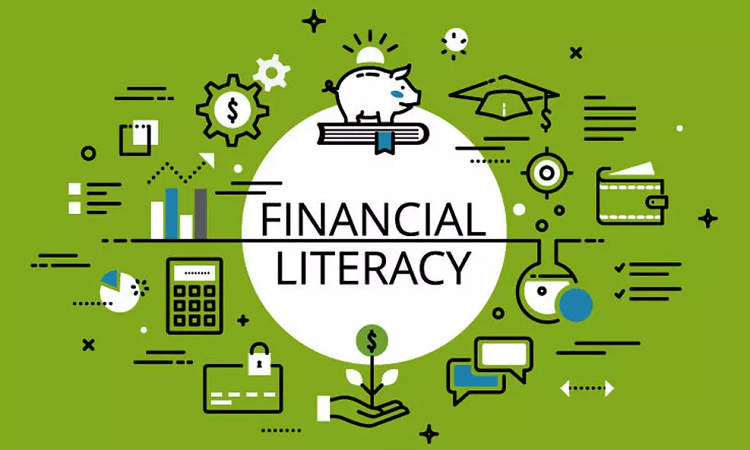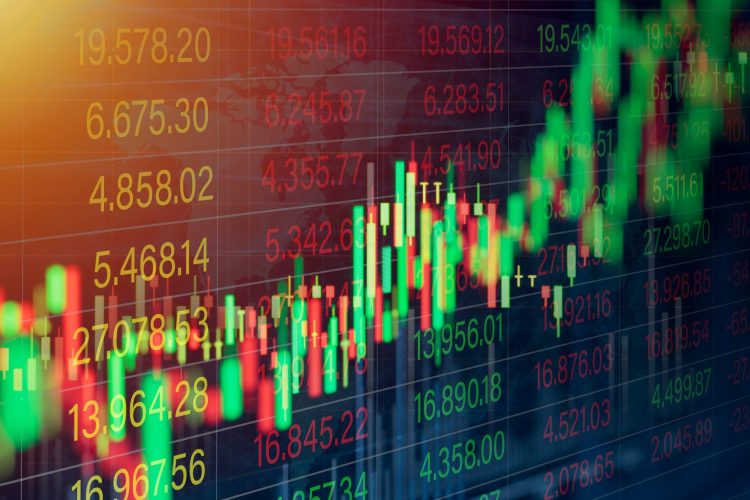Understanding How the Ecommerce Fulfillment Process Works in Practice

About 17% of consumers abandon a purchase if the delivery time is too long. About 43% choose next-day delivery.
Ecommerce fulfillment is what enables these fast times. The ecommerce industry is trying to keep up with consumer expectations.
What’s behind ecommerce fulfillment? Read on and take a journey into the world of ecommerce order fulfillment.
What Is Ecommerce Fulfillment?
Ecommerce fulfillment is what happens after you pay for a product. It’s a coordinated dance between the order transmission and the product reaching your door.
Ordering inventory, stocking shelves, retrieving the product from the shelf, packing and shipping are all part of the fulfillment process.
There are a few key aspects of order fulfillment. The ecommerce website has to be integrated with the ecommerce fulfillment party.
Someone has to order and receive inventory shipments. Without this step, orders are out of stock. The order gets packed and shipped.
Finally, there’s the returns process. This has to be just as organized as the other steps. Otherwise, ecommerce companies get angry calls from customers.
Many of these processes are automated. Amazon and other warehouses use robotics to accomplish some of these tasks.
What makes Amazon so successful is the company invested heavily in improving processes. They have over 100 fulfillment centers across the U.S.
They also have their own shipping fleet, eliminating the dependency on other companies. That gives them more control and allows them to deliver almost anything within a couple of days.
How to Set Up Ecommerce Fulfillment
There are a couple of ways to set up fulfillment. The first is to do everything yourself, which is appropriate for small volume and specialty goods retailers.
You’ll produce the item, package it, and ship it yourself. You’ll need to have product storage space, a product packaging supplier, and a couple of shipping vendors to work with.
The other option is to hire a 3PL (third-party logistics) that handles stores the product and handles the picking, packing, and shipping.
You have to approach ecommerce like a major part of the customer experience. Which means you have to pick the best fulfillment center. A substandard warehouse fulfillment provider will have a negative impact on your business.
Warehousing vs. Fulfillment Centers
You will come across the terms warehouse fulfillment and fulfillment centers. They’re often used interchangeably, but they are two different things.
A warehouse fulfillment center is for long-term storage. This is a solution that you use if you have to purchase a large number of items to get the wholesale rate from a vendor.
A fulfillment center is a warehouse where you store inventory, and a 3PL provider handles the backend work for you. This is for high-turnover items.
Understanding Ecommerce Fulfillment
It’s amazing how ecommerce has evolved over the last 20 years. What used to take a week to arrive now takes a couple of days.
That’s all thanks to automation and several other innovations in ecommerce fulfillment. Now you’ll know what’s behind your next ecommerce order.
For more news and technology tips, check out the home page of this site.





